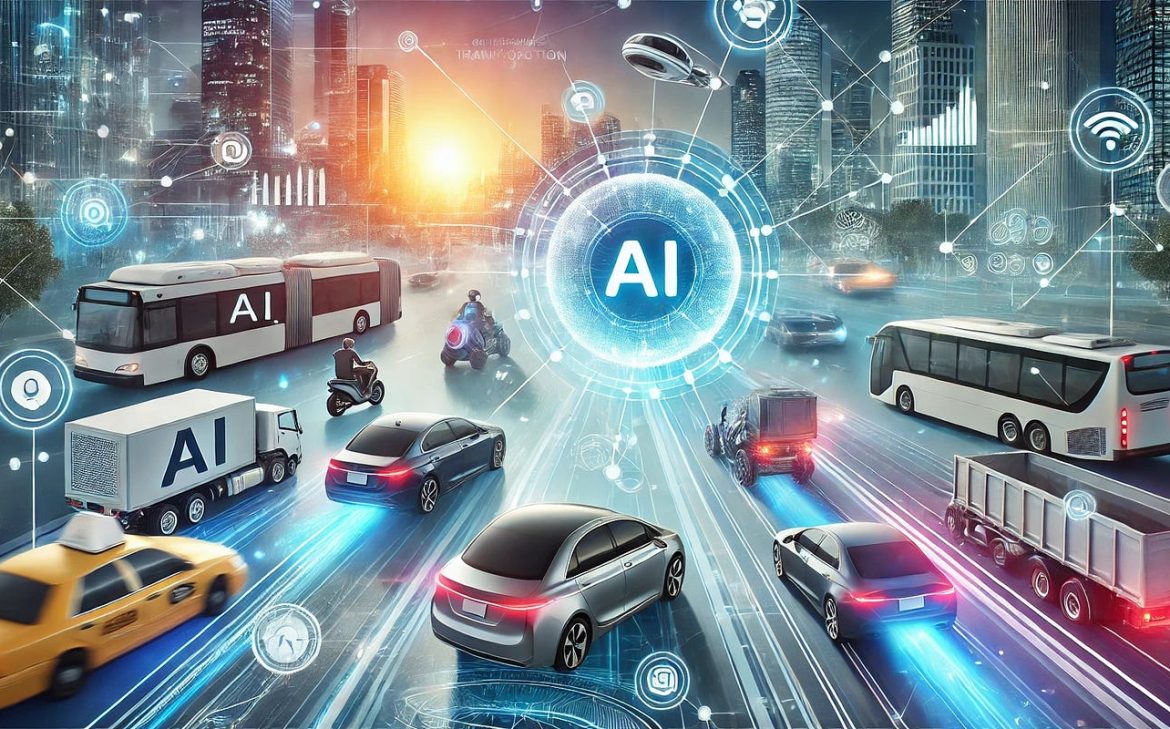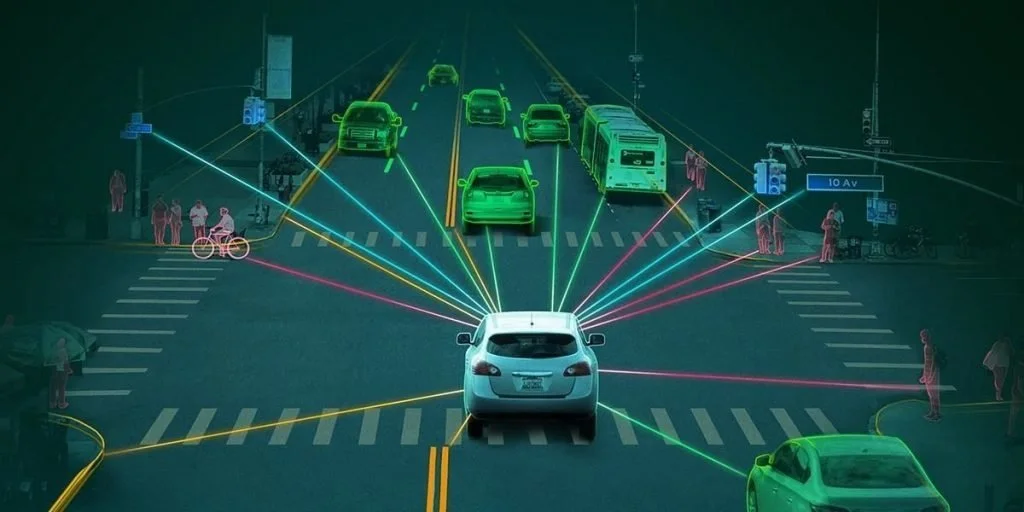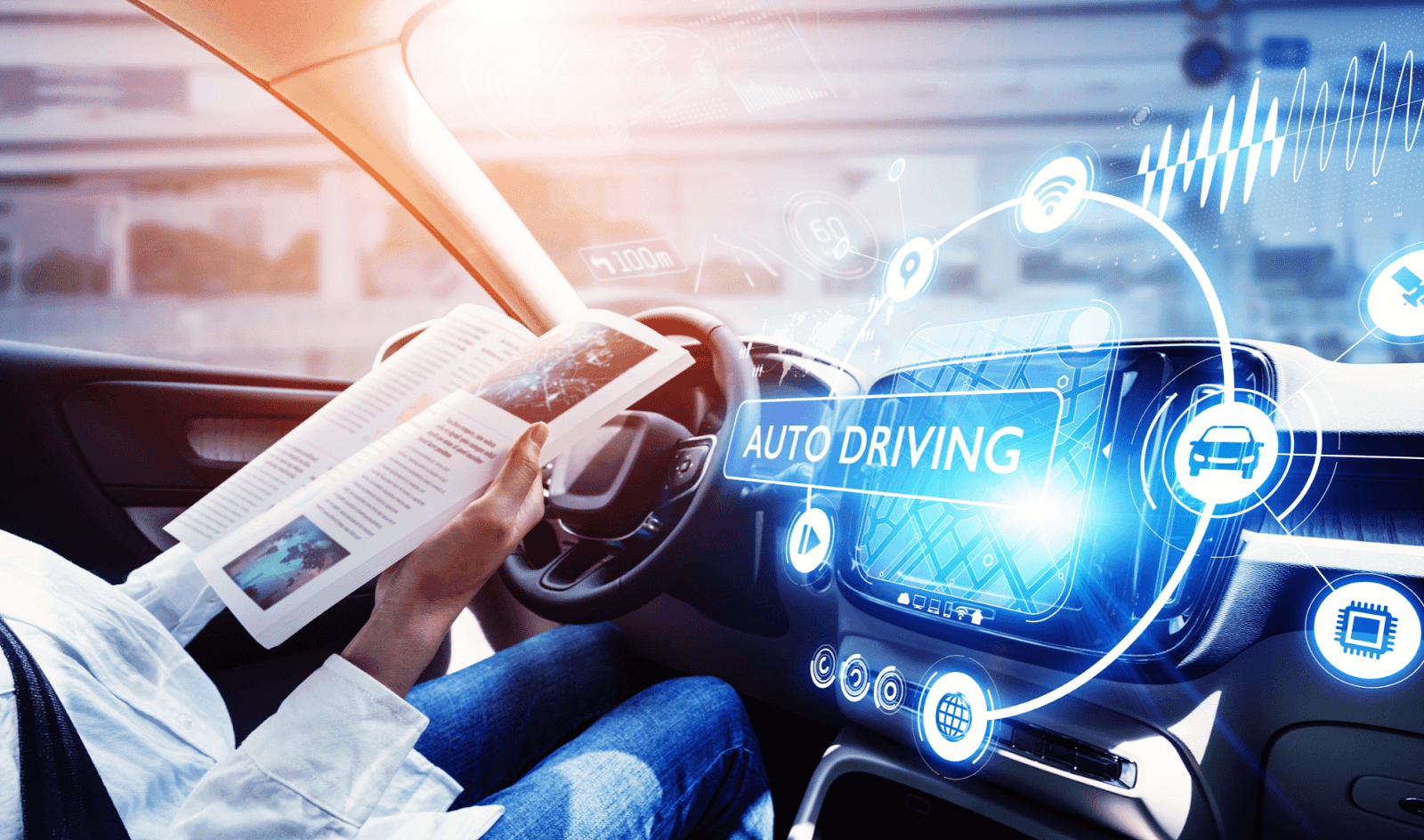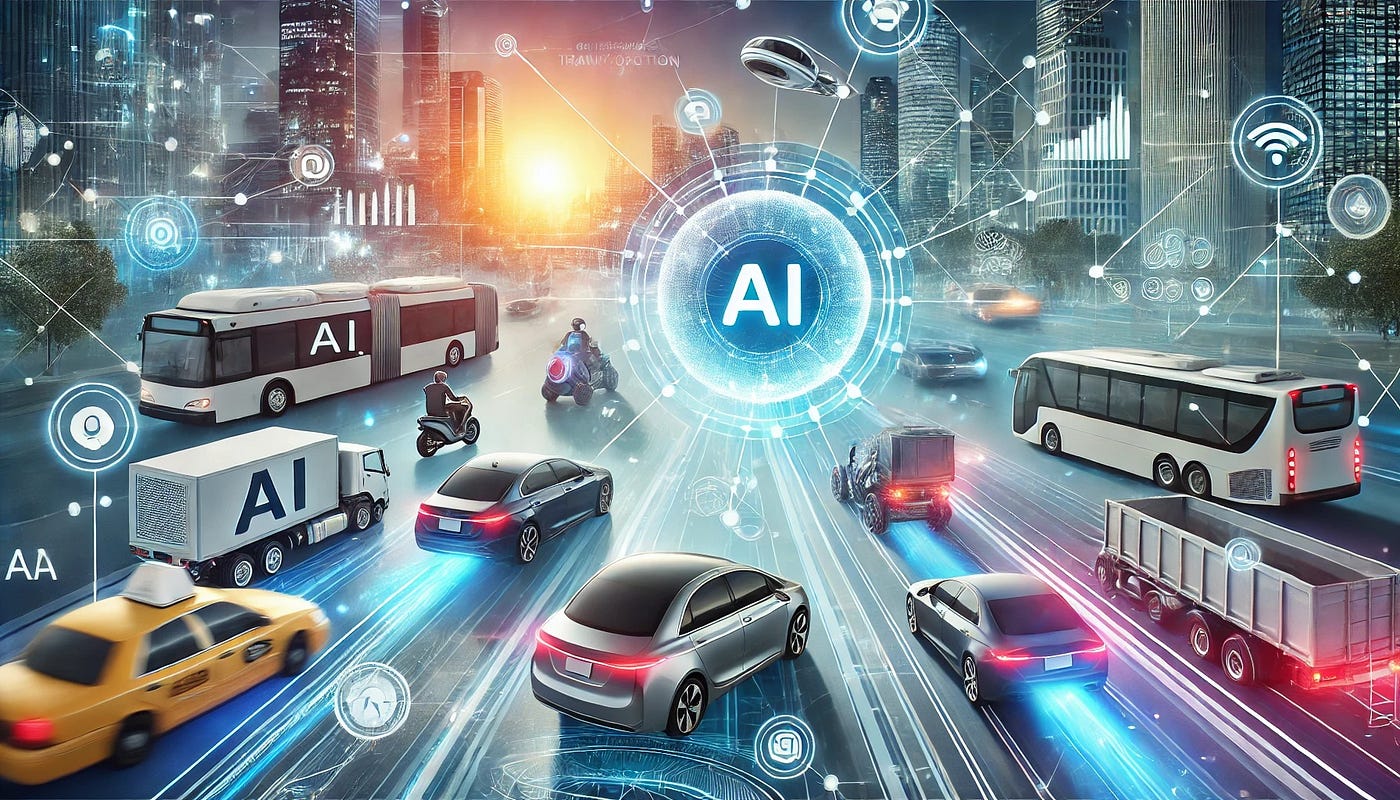Artificial Intelligence (AI) is transforming the transportation industry by making travel smarter, safer, and more efficient. Understanding how AI is applied in transportation can help organizations and cities optimize mobility solutions and address modern challenges.
What is AI in Transportation?
AI in transportation refers to the use of intelligent algorithms, machine learning, computer vision, and real-time data processing to improve transportation systems, optimize traffic, and enhance vehicle performance.
How AI Works in Transportation
AI systems in transportation collect and analyze data from various sources, including traffic cameras, GPS, sensors, and vehicle telematics. By processing this data, AI can predict traffic patterns, optimize routes, and support autonomous driving technologies.
Key AI Applications in Transportation
Autonomous Vehicles: AI powers self-driving cars and delivery robots by processing sensor data to navigate safely and efficiently.
Traffic Management: AI helps control traffic signals, predict congestion, and optimize traffic flow in real-time.
Predictive Maintenance: AI analyzes vehicle data to forecast maintenance needs, reducing downtime and preventing breakdowns.
Route Optimization: AI recommends the fastest and most fuel-efficient routes based on real-time traffic and road conditions.
Public Transportation Planning: AI supports smart city initiatives by analyzing commuter patterns to improve public transportation schedules and reduce delays.
Benefits of Using AI in Transportation
AI enhances safety by reducing human error, optimizes fuel consumption, improves traffic flow, and lowers operational costs. It also supports sustainability by minimizing emissions through better route planning and traffic management.
Limitations to Keep in Mind
While AI can greatly improve transportation, challenges such as data privacy, system security, infrastructure limitations, and regulatory concerns must be addressed. Human supervision and ethical considerations remain essential, especially for autonomous systems.
Conclusion
The opportunities presented by AI in transportation are shaping the future of mobility. By integrating AI-driven solutions with human oversight, cities and businesses can develop smarter, safer, and more sustainable transportation systems for the years ahead.







Leave feedback about this